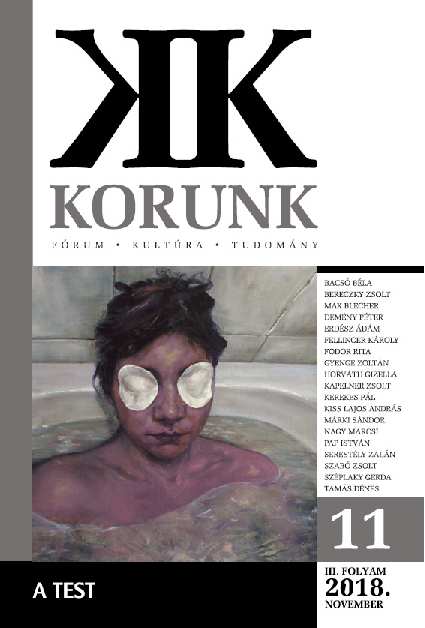A megsebzett test. Megjegyzések az európai művészet testábrázolási narratívájához
The Wounded Body: Comments on the Body Representation Narrative of European Art
Author(s): Gerda SzéplakySubject(s): Visual Arts
Published by: Korunk Baráti Társaság
Keywords: Greek art; contemporary art; body; wound; Jesus Christ; transcendence
Summary/Abstract: This study examines the narrative of the European body paradigm, based on the ideal of beauty, from Greek to contemporary art. The author focuses on the visual image and the ontological meaning of the wound, which is not present on Greek statues, and only becomes a subject in medieval art, which is able to face mortality, in the image of the wounds of Jesus Christ. She examines how the physical suffering and humiliation of Christ as a flesh-and-blood body can be depicted in different ages. Furthermore, she points out the taboos created by the Saviour’s divinity and by the idea of human spirituality, as well as how they make it impossible, from the Renaissance onward, to represent the wound. A new paradigm shift is brought about by modern and contemporary fine arts, which can show the human body in its rotting materiality. However, man does not become the same with the dehumanized body, the profane ideal of rotting meat, but the contrary. Man, by virtue of his vulnerability – entering into the boundary of life and death –, becomes open to transcendence. The wound is the symptomatic opening of the body which enables the revelation of the non-present, the unexplainable. At the same time, the wound is the bleeding and suppurating body surface that can deconstruct the aesthetic body. This is, in fact, the ontological significance of the wound.
Journal: Korunk
- Issue Year: 2018
- Issue No: 11
- Page Range: 18-27
- Page Count: 10
- Language: Hungarian

